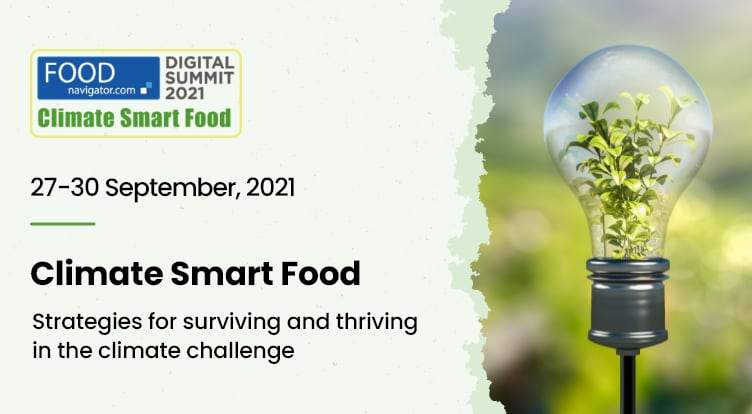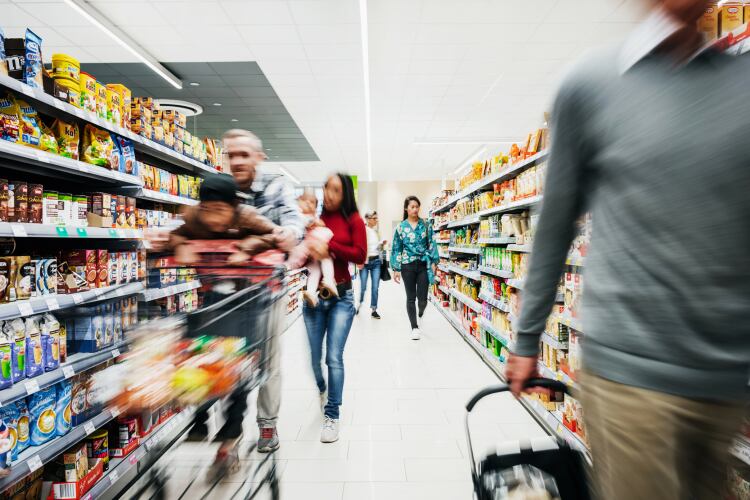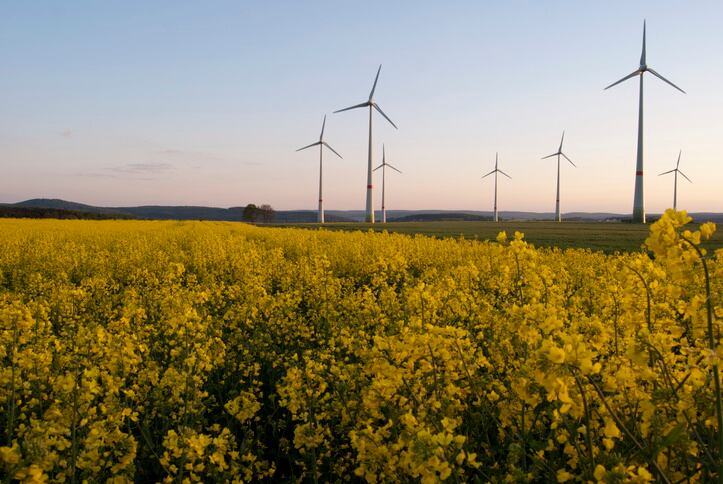Nestlé launched its ‘sustainability promise’ earlier this month, a pledge to help protect, renew and restore the environment and improve the livelihoods of farming communities through agricultural development.
The company has said it will invest CHF 1.2 billion over the next five years to help transition towards low-impact agriculture across its supply chain. But this is no mean feat.
The scale and complexity of Nestlé’s supply chain is significant. The Kit Kat-to-Maggi maker works with a network of more than 500,000 farmers and 150,000 suppliers, as well as a complex web of indirect producers.
“It’s a big one. We are quite complex,” agriculture chief Pascal Chapot told FoodNavitator’s Climate Smart Food conference yesterday (27 September) “We have a big range of products. And from a sourcing point of view, we source a lot of different categories.”
Nestlé sources categories including dairy, coffee, cocoa, fresh fruit and vegetables, and cereals directly. Inputs like sugar and fats are sourced indirectly.
It would be a mistake to think about complexity purely in terms of ingredient type or a number of suppliers, Chapot suggested. It also needs to be viewed through the lens of geographical location. “The farmer in India is not the same farmer as the German farmer… That’s another big complexity when it comes to agriculture.”
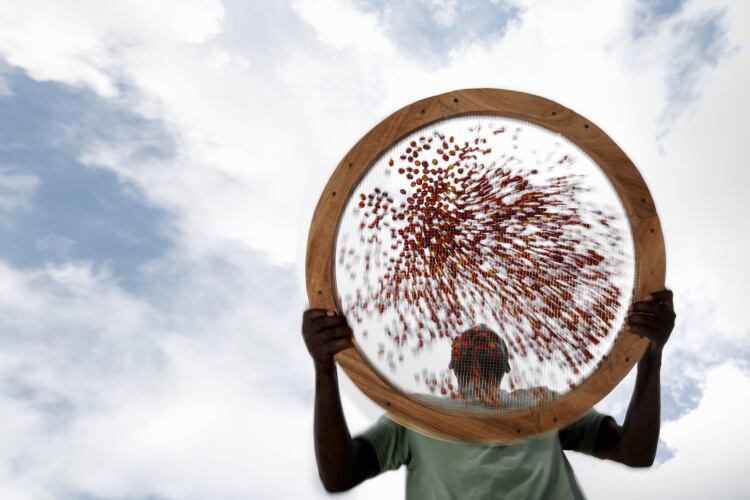
With so many moving parts, it isn’t always easy for large corporations to support change at a farm or smallholder level. But the extensive reach of multinationals like Nestlé also means that, if done successfully, there is great opportunity to support change at scale.
For Nestlé, achieving this means recognising ‘we are part of a chain’. “Within this we source ingredients and we need to source them in the right way – a way the entire chain makes a living out of it,” Chapot told us. “This overarching principle of being part of a system is something you can apply everywhere.”
‘Agriculture can be part of the solution’
Chapot said that Nestlé’s agricultural footprint represents ‘a large part’ of its scope 3 GHG footprint. “Definitely agriculture is a contributor but can also be part of the solution. This is what we want to achieve,” he told the digital event.
“The most obvious driver is photosynthesis. Plants can trap carbon, store it in their roots and leaves and then in the ground.”
Like a number of its food sector peers – including PepsiCo and Danone – Nestlé has sent a clear message on the potential it believes is on offer through regenerative agriculture.
“We aren’t starting from scratch. We come from 20 years of what we used to call [our] Sustainable Agriculture Initiative… What we come with now is to try to go one step further and regenerate: not only maintain but improve. On degraded soil maintaining things is not acceptable, we need to restore, we need to improve,” the agriculture expert noted.
“On the principles we are driving we have soil, water and biodiversity,” Pascal said. “We have a strong focus on soil because when you get the soil right you get many other things right.”
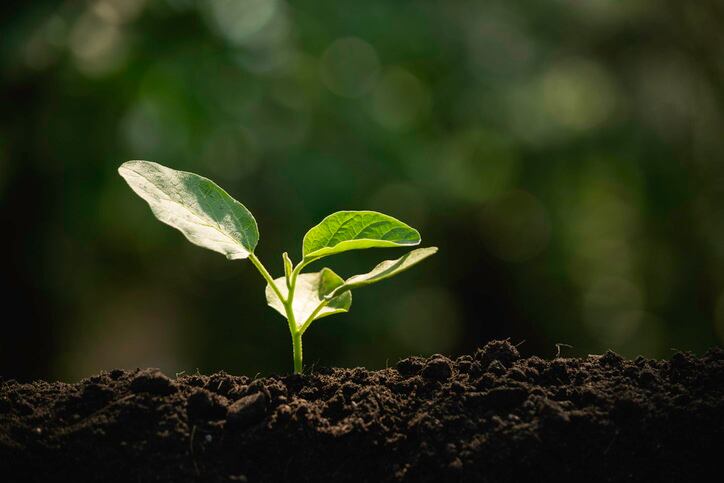
Regenerative approaches typically incorporate practices such as cover cropping, no till methods, crop rotation, mixed farming, and hedgerows to support biodiversity.
But rebuilding soil health takes time. This means the investment farmers make in regenerative practices does not result in an immediate payback. How does Nestlé support them in this transitionary period?
“Transition is one of the key words. First of all, in agriculture, the timescale that we face is very often a different timescale than short term business. You have one year to make a trial and a second year to repeat. The risk taken is part of the transition. We need to support farmers during this transition which may last a few years. And that may be a journey and a common learning.”
Pascal said ‘different mechanisms’ can be leveraged, from paying a practice- or impact-based price premium, to improving access to finance and providing technical support.
“We are bringing as much technical support as we can to farmers, be it with a Nestlé agronomist or a local partner. We have a team of about 1,200 agronomists who cover 35-40 countries. Today they work with farmers helping on the technical content. But we cannot do everything ourselves so we partner as much as we can with local organisations, governments, universities. We don’t have - and I don’t think anybody has - all the answers, so let’s start and move together.”
The need for procurement-side diversification
The structure of the global commodities market is something of a barrier to farmers introducing mixed rotations of cash crops. Farmers report that while they might like to introduce rotations, their ability to do so is limited because they need a market for their crops.
Pascal concedes that this is a ‘complex topic’ and again he highlighted the need for greater cooperation and collaboration. “The answer to this one is more in the longer-term and through collaboration because crop rotation means that this year, we would buy that crop from this farmer, and then maybe another crop next year, and so on. The landscape approach and the collaborative approach with the local cooperatives and the other buyers can be very important.
“We believe that more collaboration would be required at every level. Nestlé is big. But as big as we are we cannot do everything alone and we will need more collaboration in the future.”
He also noted that crop rotation can be about more than a yearly cycle of cash crops: “An interesting component of crop rotation is also cover crops, which are not cash crops but when well managed they help to improve the soil health, the soil fertility, the soil structure, the capacity of the soil to retain water and moisture.
“In agriculture, if you get the soil right you get many things right.”
What about dairy?
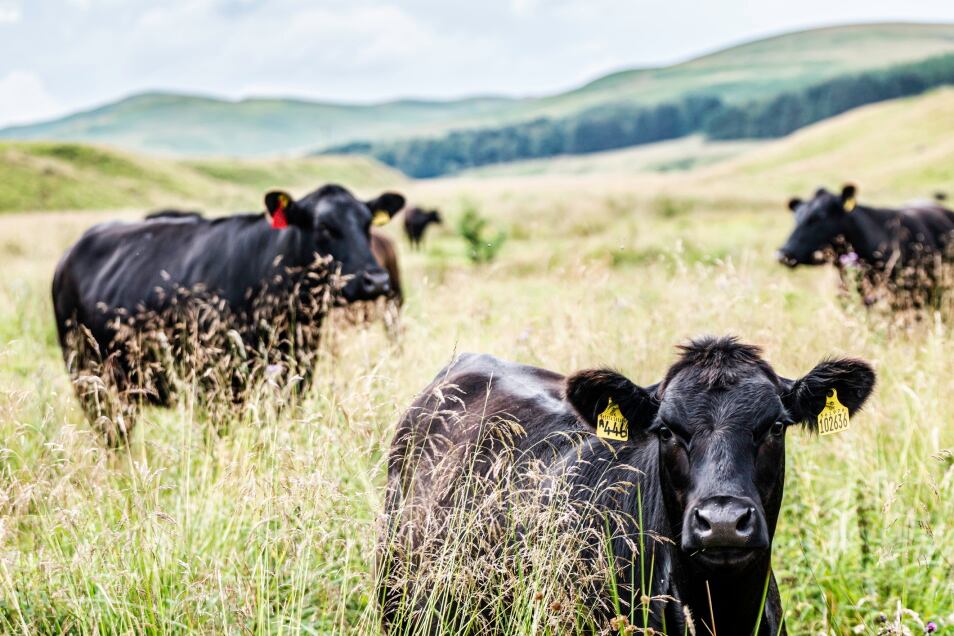
Dairy is Nestlé’s largest raw material input by volume. Animal agriculture has a significant GHG impact, with the FAO estimating meat and dairy account for around 14.5% of global emissions. For Nestlé to deliver net zero, it will also need to transition to net zero dairy production.
Can this be achieved? And if so, will it be reliant on offsetting or insetting emissions?
“Can we achieve a net zero dairy farm? This is our ambition. We are starting. We have identified that we need reference farms. We are developing reference farms in dairy to be net zero farms,” Pascal responded.
To date, Nestlé has identified 30 reference farms, 12 of which are up and running. These operational reference farms are located in 12 different countries, a number that Nestlé plans to grow. This again reflects the complexity that location adds to sourcing and production models.
“We have some research, for instance here in Switzerland, but we cannot rely only on centralised research. The environmental context the local conditions are extremely different.
“We have to be very humble and make sure the solution is adjusted to the local condition. That’s one of my mantras. What works in South Africa… might not work, or might work differently, in Indonesia or Brazil. This localisation is extremely important.
“Coming with a very dogmatic approach defined and designed here in Switzerland and thinking that’s a magic solution, that would apply around the world would not be the right approach. That’s part of the complexity.”


